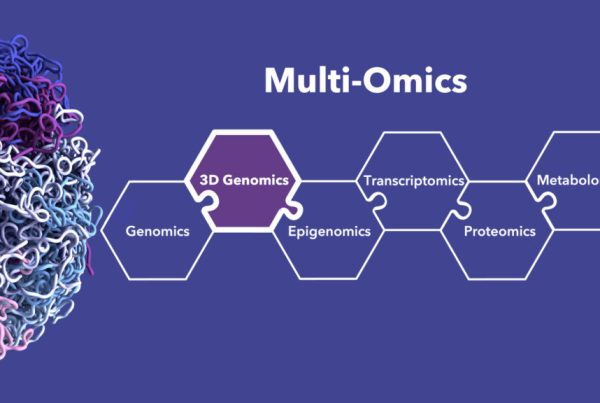Introduction
As global demographics shift toward longer lifespans, Geriatric Pharmacotherapy emerges as a cornerstone of patient safety and therapeutic efficacy. Older adults face distinct physiological changes—diminished renal clearance, altered body composition, and increased susceptibility to adverse drug events—that demand trendsetting, data-driven approaches to medication management. Organizations that embed geriatric expertise into their care models not only mitigate risks like polypharmacy and falls but also elevate overall health outcomes. Kensington Worldwide can connect you with specialized geriatric pharmacists, ensuring your team delivers cutting-edge care to one of the fastest-growing patient populations.
Understanding Geriatric Pharmacotherapy: The Demographic Imperative
The proportion of adults aged 65+ is projected to double by 2050, driving unprecedented demand for age-tailored therapies. Geriatric Pharmacotherapy transcends standard drug regimens by:
- Accounting for declining renal function (glomerular filtration rate can drop by 1 mL/min per year after age 40).
- Adapting to altered hepatic metabolism, where phase I reactions slow by up to 30%.
- Recognizing changes in body composition—higher fat mass and lower lean mass affect lipophilic drug distribution.
These physiological shifts necessitate innovative dosing frameworks and vigilant monitoring to avoid toxicity and subtherapeutic effects.
Geriatric Pharmacotherapy: Polypharmacy Risks and Mitigation Strategies
Polypharmacy—commonly defined as the concurrent use of five or more medications—affects over 40% of seniors, amplifying the risk of drug–drug interactions and adverse events. Key mitigation steps include:
- Comprehensive medication reviews every 3–6 months, leveraging electronic health-record alerts for high-risk combinations.
- Deprescribing protocols that systematically taper unnecessary medications, reducing pill burden by 25% on average.
- Adoption of Beers Criteria and STOPP/START tools to flag potentially inappropriate prescriptions.
By embedding these cutting-edge strategies, organizations lower hospitalization rates and improve quality of life.
Dose-Adjustment Strategies in Geriatric Pharmacotherapy
Optimizing dosing in older adults requires a data-driven framework:
- Start Low, Go Slow: Initiate at 25–50% of standard adult dose, then titrate based on clinical response and tolerability.
- Therapeutic Drug Monitoring (TDM): Utilize serum-level checks for narrow-therapeutic-index drugs (e.g., digoxin, lithium) to stay within safe windows.
- Renal and Hepatic Function Calculators: Implement Cockcroft–Gault or CKD-EPI equations and Child–Pugh scores to guide dose reductions.
- Pharmacogenomic Insights: Leverage genetic testing (CYP2D6, CYP2C19 variants) to personalize medication selection and avoid adverse reactions.
These innovative methodologies protect seniors from both under- and overmedication.
Fall-Risk Mitigation through Geriatric Pharmacotherapy
Falls are the leading cause of injury among seniors, with medication side effects contributing up to 30% of incidents. Trendsetting mitigation includes:
- Reviewing and minimizing sedative hypnotics (benzodiazepines, Z-drugs) and anticholinergics known to impair balance.
- Substituting high-risk agents with safer alternatives (e.g., low-dose trazodone for insomnia, SNRIs for neuropathic pain).
- Implementing multidisciplinary fall-prevention protocols that combine medication optimization with physical-therapy referrals.
- Incorporating wearable sensor technology to detect gait changes and alert pharmacists for medication reassessment.
A data-driven focus on medication profiles reduces fall rates by up to 20% in nursing-home populations.
Patient-Family Counseling Techniques in Geriatric Pharmacotherapy
Effective communication is paramount when conveying complex regimens to seniors and caregivers:
- Teach-Back Method: Ask patients or family members to demonstrate or articulate dosing instructions to confirm understanding.
- Simplified Regimens: Consolidate dosing times (e.g., once-daily extended-release formulations) to reduce confusion and missed doses.
- Visual Tools: Provide pill-box organizers, large-print schedules, and color-coded labels to accommodate sensory limitations.
- Empathetic Engagement: Use motivational interviewing to explore adherence barriers, emotional concerns, and family dynamics.
Embedding these cutting-edge techniques fosters trust, boosts compliance, and empowers families as active care partners.
Partnering with Kensington Worldwide for Geriatric Pharmacotherapy Excellence
Securing elite geriatric pharmacy talent involves more than a standard hire—it requires a scalable, innovative partner. Kensington Worldwide offers:
- Global Talent Access: Pre-vetted geriatric pharmacists from North America, Europe, and Asia-Pacific, fluent in local languages and regulations.
- Data-Driven Matching: Proprietary algorithms align candidate expertise—polypharmacy management, dose adjustment proficiency, fall-risk mitigation—with your organizational needs.
- Custom Deployment Models: On-site, remote, or hybrid engagements that integrate seamlessly with your clinical teams.
- Compliance Verification: Comprehensive credential checks, licensure validation, and background screenings to expedite onboarding.
Whether you’re launching a senior-focused clinic or enhancing hospital geriatric services, Kensington Worldwide ensures you build a trendsetting pharmacy team.
Conclusion
Geriatric Pharmacotherapy is an essential pillar of modern healthcare, delivering tailored medication strategies that address the unique vulnerabilities of older adults. By applying innovative dose-adjustment protocols, robust polypharmacy mitigation, fall-risk reduction techniques, and empathetic patient-family counseling, organizations can dramatically improve safety and outcomes. Partnering with Kensington Worldwide to source seasoned geriatric pharmacists empowers your team with cutting-edge, data-driven expertise—ensuring that the aging population receives the highest caliber of pharmaceutical care. Elevate your geriatric services today and transform medication management into a powerful catalyst for patient well-being.




